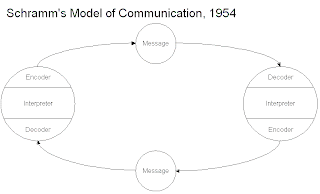WHAT COME INTO UR MIND WHENEVER U HEARD THE WIRELESS TERM?
Yeah, of course we can connect to the internet, without using any wires or cables. Yup, even though ur in a far distance. Wireless communication involves :
- radio frequency
- microwave communication
- infrared (IR) *wow, what do u know..
we can found wireless technology in such devices:
- computers *portable, dekstop,hand-held,pen-based,
* honestly, I really think there are no longer computers without wireless. if there are, do dare tell me.
=P



.jpg)



.jpg)
.jpg)


